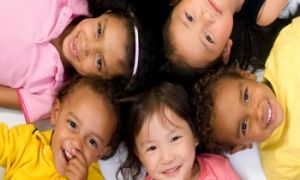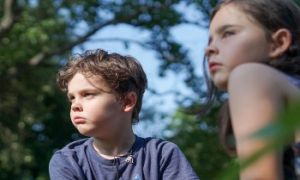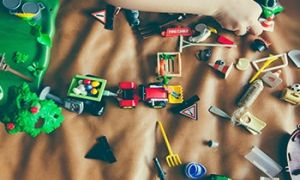Writing a group learning story is a fantastic way to document the collective learning experience of a group of children. Unlike individual learning stories, which focus on a single child, group learning stories capture the interactions, discoveries, and shared experiences of multiple children within a learning environment. The following article provides information on Steps to Write a Group Learning Story, Do I Have To Include All Children's Names?. Can I Include Group Stories In Individual Portfolios?, Best Practices For Documenting Group Learning Stories, Example Of A Group Learning Story and more.
Steps to Write a Group Learning Story
- Observe the Group – Pay attention to how the children interact, collaborate, and engage in the learning experience.
- Describe the Experience – Write a detailed narrative of what happened, including conversations, actions, and emotions.
- Interpret the Learning – Identify the skills, knowledge, and social interactions that emerged from the experience.
- Extend the Learning – Suggest ways to build upon the experience with future activities.
- Link to Learning Outcomes – Connect the story to relevant educational frameworks, such as the Early Years Learning Framework (EYLF).
For example, a group learning story might describe how a group of children experimented with mixing colors while painting on the ground. The story would highlight their curiosity, problem-solving, and teamwork as they discovered new shades and discussed their observations.
Do I Have To Include All Children's Names?
Including all children's names in a group learning story is not strictly required, but it can be beneficial depending on the purpose of the documentation. Here are some considerations:
- Capturing Group Dynamics – If the story is meant to highlight the collective learning experience, you can refer to the group as a whole rather than listing individual names.
- Recognizing Individual Contributions – If specific children played key roles in the learning experience, mentioning their names can add depth to the story.
- Privacy Considerations – Some educators prefer to use initials or general descriptors (e.g., "the children" or "a small group") to maintain privacy.
- Educational Frameworks – Some learning documentation practices encourage naming all participants to ensure each child's learning is acknowledged.
Ultimately, the decision depends on your documentation style and the policies of your educational setting. If you're creating individual learning stories based on a group experience, then each child should have their own personalized version.
Can I Include Group Stories In Individual Portfolios?
Yes, you can include group learning stories in individual portfolios, but it's important to balance group contributions with individual learning reflections. Here’s how you can do it effectively:
Best Practices for Including Group Stories in Individual Portfolios
- Highlight Individual Contributions – While documenting the group experience, ensure each child's unique role and learning journey is recognized.
- Use Reflections – Encourage children to reflect on their participation in the group activity and what they personally learned.
- Showcase Collaboration – Group stories can demonstrate teamwork, problem-solving, and social skills, which are valuable aspects of learning.
- Include Visuals – Photos, drawings, or quotes from the child can personalize the group story within their portfolio.
- Link to Learning Outcomes – Connect the group experience to individual developmental milestones or curriculum goals.
Educators often use group learning stories to enrich individual portfolios, ensuring that children’s collaborative learning experiences are acknowledged while still focusing on their personal growth.
Best Practices For Documenting Group Learning Stories
Documenting group learning stories effectively ensures that children's collaborative learning experiences are captured meaningfully. Here are some best practices:
1. Focus on the Learning Process
-
Highlight interactions, problem-solving, and teamwork rather than just the final outcome.
-
Describe how children engage with each other and the materials.
2. Use Narrative Storytelling
-
Write in a storytelling format to make the learning experience engaging.
-
Include dialogue and observations to bring the story to life.
3. Incorporate Photos & Artifacts
-
Use images to visually document the learning process.
-
Include children's work samples to support the story.
4. Recognize Individual & Group Contributions
-
Mention key moments where children demonstrated leadership, creativity, or collaboration.
-
Balance individual achievements with group dynamics.
5. Link to Learning Outcomes
-
Connect the story to educational frameworks like the EYLF.
-
Highlight developmental milestones and skills observed.
6. Encourage Reflection & Extension
-
Suggest ways to build upon the learning experience.
-
Invite children to reflect on their discoveries and share their thoughts.
Example Of A Group Learning Story
Here’s an example of a group learning story.
Colours, Colours Everywhere!
Observation Date: June 10, 2017
Children Involved: Adam, Emma, Finn
Emma, Finn, and Adam sat together on the concrete, experimenting with a paintbrush and a cup of water. Emma painted long strokes, watching as the water disappeared under the warmth of the sun.
Curious to extend their experience, the educator introduced purple and yellow food dye. The children eagerly mixed colors, observing the transformations.
- “I’m making it change color—it’s going grey!” exclaimed Adam.
- “Mine is turning brown too,” added Emma.
- “I made green!” Emma later discovered mixing blue and yellow.
The children continued their exploration, discussing their observations and experimenting with different color combinations. Their excitement and curiosity fueled a rich learning experience in color theory, communication, and collaboration.
Extending the Learning
To build on this experience, educators can introduce:
- Color Mixing Experiments – Provide additional primary colors and encourage children to predict and test new combinations.
- Nature Exploration – Take the learning outdoors by observing colors in flowers, leaves, and insects.
- Art & Creativity – Offer different painting tools and surfaces to explore textures and patterns.
- Storytelling & Reflection – Encourage children to describe their discoveries and create a collaborative story about their color experiments.
Linking to EYLF Learning Outcomes
This learning experience aligns with several EYLF outcomes:
- Outcome 1: Children have a strong sense of identity—they express curiosity and confidence in their learning.
- Outcome 2: Children are connected with and contribute to their world—they engage in collaborative exploration and respect each other’s ideas.
- Outcome 3: Children have a strong sense of well-being—they experience joy and excitement in their discoveries.
- Outcome 4: Children are confident and involved learners—they experiment, hypothesize, and investigate color mixing.
- Outcome 5: Children are effective communicators—they discuss their observations and express ideas through art.
Further Reading
How To Write A Learning Story
Learning Stories In Childcare
Learning Stories For Assessment
Q: Do All Observations and Learning Stories Require A Follow Up





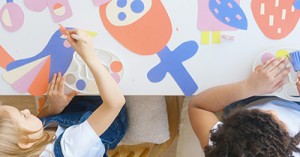

 Here is the list of the EYLF Learning Outcomes that you can use as a guide or reference for your documentation and planning. The EYLF
Here is the list of the EYLF Learning Outcomes that you can use as a guide or reference for your documentation and planning. The EYLF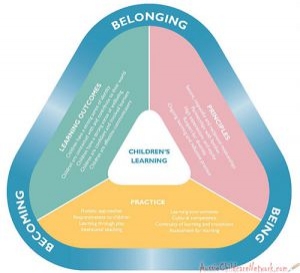 The EYLF is a guide which consists of Principles, Practices and 5 main Learning Outcomes along with each of their sub outcomes, based on identity,
The EYLF is a guide which consists of Principles, Practices and 5 main Learning Outcomes along with each of their sub outcomes, based on identity, This is a guide on How to Write a Learning Story. It provides information on What Is A Learning Story, Writing A Learning Story, Sample
This is a guide on How to Write a Learning Story. It provides information on What Is A Learning Story, Writing A Learning Story, Sample One of the most important types of documentation methods that educators needs to be familiar with are “observations”. Observations are crucial for all early childhood
One of the most important types of documentation methods that educators needs to be familiar with are “observations”. Observations are crucial for all early childhood To support children achieve learning outcomes from the EYLF Framework, the following list gives educators examples of how to promote children's learning in each individual
To support children achieve learning outcomes from the EYLF Framework, the following list gives educators examples of how to promote children's learning in each individual Reflective practice is learning from everyday situations and issues and concerns that arise which form part of our daily routine while working in an early
Reflective practice is learning from everyday situations and issues and concerns that arise which form part of our daily routine while working in an early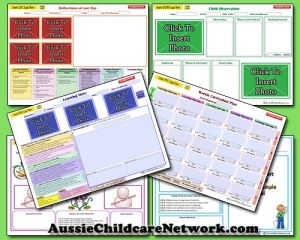 Within Australia, Programming and Planning is reflected and supported by the Early Years Learning Framework. Educators within early childhood settings, use the EYLF to guide
Within Australia, Programming and Planning is reflected and supported by the Early Years Learning Framework. Educators within early childhood settings, use the EYLF to guide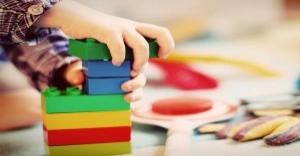 When observing children, it's important that we use a range of different observation methods from running records, learning stories to photographs and work samples. Using
When observing children, it's important that we use a range of different observation methods from running records, learning stories to photographs and work samples. Using This is a guide for educators on what to observe under each sub learning outcome from the EYLF Framework, when a child is engaged in
This is a guide for educators on what to observe under each sub learning outcome from the EYLF Framework, when a child is engaged in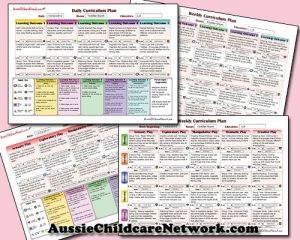 The Early Years Learning Framework describes the curriculum as “all the interactions, experiences, activities, routines and events, planned and unplanned, that occur in an environment
The Early Years Learning Framework describes the curriculum as “all the interactions, experiences, activities, routines and events, planned and unplanned, that occur in an environment